The following scope and sequence contains 9 x 45-minute lessons designed for students of all ages to begin associating their Cubelets play with core computer science concepts such as conditional statements, loops, and the value of order and sequence. This unit relies heavily on data flow diagramming to promote computational and algorithmic thinking without requiring programming or coding experience. The lessons in this unit alternate between investigations answering questions like “Does distance between Cubelets matter?” and design challenges incorporating recent investigations. Of course, you might choose to teach these lessons out of order, skip some, or wish there were more!
Please use the link at the bottom of each lesson plan to provide your feedback or email edu@modrobotics.com and we will get back to you as soon as possible!
View the Google Docs version here.
Gradual Release Model:
Students will accurately diagram the flow of data in simple Cubelets robot constructions.
Teachers look for:
Students will demonstrate their understanding of data flow in Cubelets constructions by adding block values to their data flow diagrams and checking their work with the Bar Graph and/or the Cubelets app.
Teachers look for:
Students will use Design Thinking to design and prototype edge-sensing robot constructions.
Teachers look for:
Students will use Design Thinking to design and prototype line-following robot constructions.
Teachers look for:
Students will design a variety of loops for their Cubelets robot constructions and give examples about how loops are useful in other applications.
Teachers look for:
Students will apply their understanding of loops to a communication challenge.
Teachers look for:
Students draw conclusions about whether (and when) order matters in Cubelets constructions.
Teachers look for:
Students will apply their understanding of Cubelets to design a robot that demonstrates scavenging behavior.
Teachers look for:
Students design a light-detecting alarm clock based on conditional statements as shown by the Threshold Cubelet.
Teachers look for:

Cubelets FAQs is your place to find answers to common questions about Cubelets robot blocks, orders, and Modular Robotics.

Need help, can't find an answer? Contact the Modular Robotics support team and we'll help you!
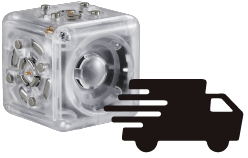
Get the details on Modular Robotics shipping policies and sales tax collection for orders in the United States and around the world.
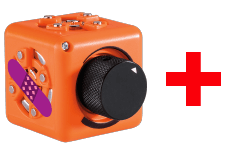
Cubelets are backed by a one year warranty. Need to make a claim, get a replacement, or have questions? Click to get started.
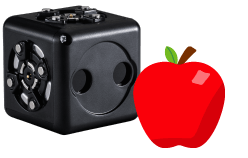
Explore a huge collection of K-12 lessons, activities, guides, training, and more.
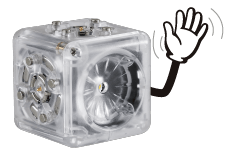
Learn everything you need to know to start creating more with Cubelets robot blocks in this handy Getting Started Guide.
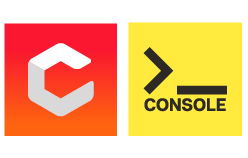
Go beyond the building blocks and play with the code inside. Cubelets apps make it easy to create even more with your Cubelets.
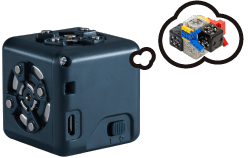
There are millions of robots you can create with Cubelets. Check out these robots to help inspire your inventions.
Cubelets robot blocks are used by educators all around the world to help students explore computational thinking, coding, and STEM.
Bring home the educational teaching tool loved by teachers everywhere. Explore sets designed for learning through play.